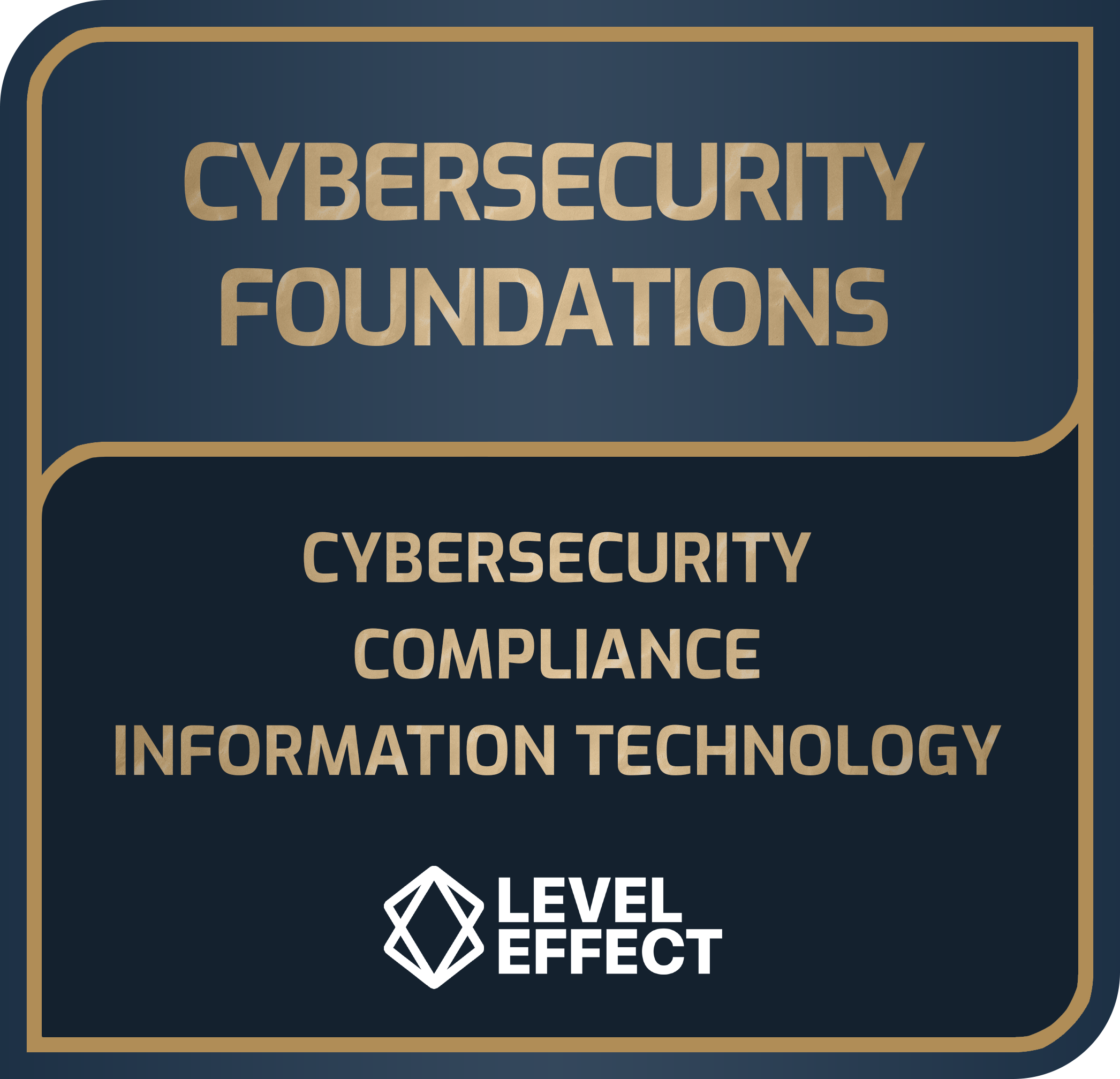Cybersecurity Foundations
Has now become SOC100!
Free Cybersecurity Training for Beginners
We have made the entire catalog of Foundations courses now free on our YouTube channel.
You may find them here:
https://www.youtube.com/@leveleffect/playlists
You will find the following courses there:
- IT Fundamentals
- Cybersecurity Fundamentals
- Compliance Fundamentals
Please note the VMs and course content for the existing Fundamentals courses have now been moved over to our SOC100 series of courses here, which is also included in the playlists.
SOC100 will also be streamed entirely for free! And is a pay what you can minimum $19 series of courses now that total to 400+ hours of training taking you from the basics of the Windows desktop all the way to Cybersecurity Analyst Tier 1 triage.


